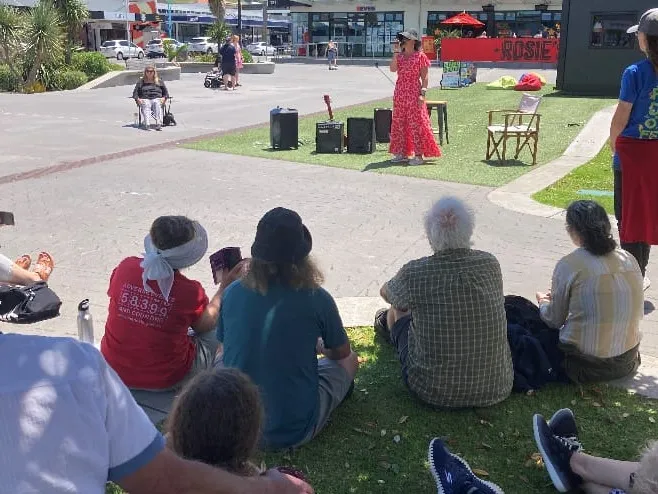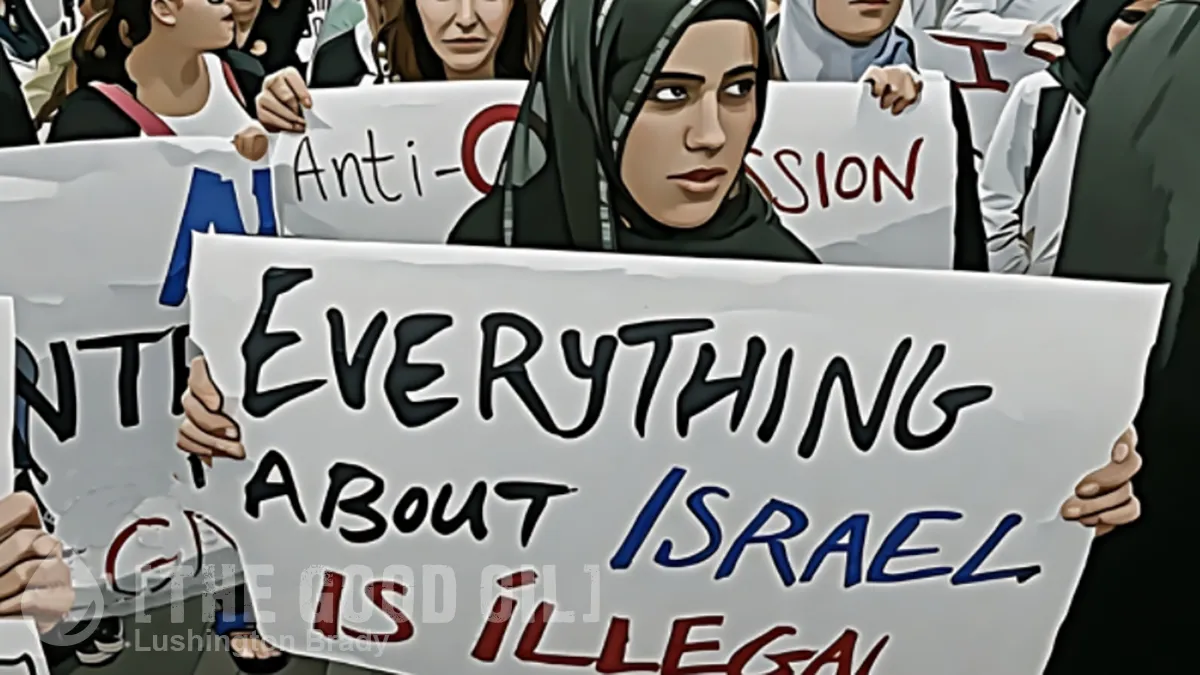Donald Digby
When most people think of the fall of the Berlin Wall they think of November 9th, 1989 and the chaotic scenes outside the Brandenburg Gate. Well, did you know the real fall of the Berlin wall started 3 months earlier and began with a picnic? The Pan-European Picnic to be exact.
By the late 80s, Central Europe was on a knife-edge. Eastern Bloc countries like Poland and Hungary were adopting reforms while hard-line states such as East Germany and Czechoslovakia were cracking down. Western organisations were searching for ways to destabilise the Communist regimes and getting heavily involved with protest movements in Czechoslovakia, Yugoslavia, Hungary and the Baltics. Despite all this activity on both sides, no one had hopes of a quick resolution. The Iron Curtain was solid and guarded, Soviet troops occupied the Eastern Bloc. Escaping meant risking your life.
Enter one Karl Von Habsburg (yes those Habsburgs), President of the Paneuropean Union, Austrian branch. A strong advocate for open borders, Habsburg had dinner with regional representatives of the conservative Hungarian Democratic Forum (MDF) party in Hungary in late June 1989. The MDF reps had an interesting suggestion for Habsburg. Their idea was to organise a picnic on the border between Austria and Hungary with the border crossing fully open for 3 hours. Although largely symbolic, the intention was to show a Europe where you could freely cross between East and West. Despite concerns about the possible Soviet response, a site and date were chosen, 19 August 1989 near Sopron, Hungary.
Now Hungary had another problem, a big one. East Germans were allowed to travel there, it was a popular summer destination. But the East Germans needed to return home, Hungary was obliged to repatriate them and the Stasi were happy to provide logistics. But in the summer of 1989 something changed. Large numbers of East Germans simply refused to return. Hungary could deport people in small groups but it was estimated this time 100,000 East Germans remained making it an impossible task. Hungary was in a tough spot: you can’t force 100,000 people to do anything. So, unable to send them home and faced with a humanitarian crisis, the Prime Minister Miklós Nemeth came up with a radical idea: use the picnic and the window of an open border as a way to encourage the East Germans to escape to Austria, a high-risk strategy that could enrage both the East German regime and Moscow.
So the 19th of August came and the border was opened, the organisers had food, music and speeches but the local attendance was reportedly low, mostly media and sponsors. Nemeth had instructed the border guards not to stop any East Germans trying to cross, and to their credit, they didn’t. Around 3 pm a group of 25 East Germans rushed through the open border and into Austria. There were another two rushes that day and in the end around 600-650 made it through. It’s estimated thousands more were in the area but didn’t attempt to cross; afraid the open border was a ruse and they would suffer the consequences of attempted escape.
Fearing retribution from hardliners, the Hungarian government closed the border again. But the word was out and the people were not having it. Nemeth flew to meet with the West German Chancellor on 22 August and after brief negotiations, the border was open again indefinitely on September 11, 1989. 30,000 East Germans fled that day. Two months later the Berlin wall came down. Something that had stood for over 30 years was gone in months, brought down by a picnic.
So what can Kiwis learn from this today? It’s simple, the people have the power and change can come through peaceful protest. Just like the Stasi, this government can arrest Brian Tamaki and a few others but they can’t arrest everyone.
If every shop in Auckland opened tomorrow there is nothing the goverment could do, and they know it. That’s why they work so hard to keep you divided. Power to the People.
Please share this article widely so that others can benefit from its message.






![[The Good Oil] Stuff Up of the Day](/content/images/size/w1304/format/webp/2024/09/Stuff-up-image-1.webp)


